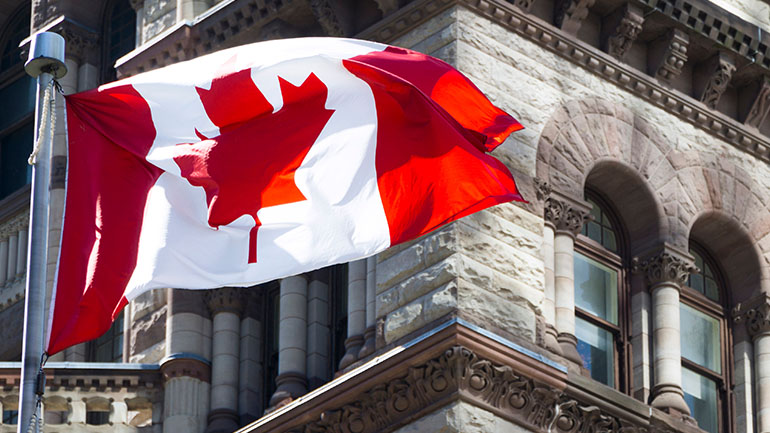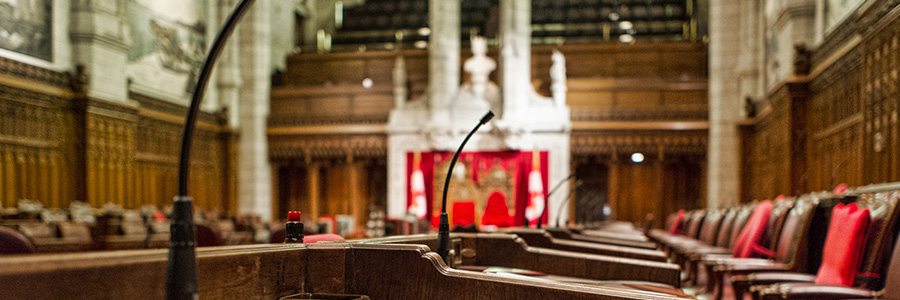Canada Best Ideas
By: Andre-Philippe Hardy, Andrew Kelvin
Oct. 07, 2024 - 3 minutes
Overview:
- Canadian households have weathered high interest rates better than expected
- Easier monetary policy could help mitigate rate resets in 2025
- Slowing population growth could present a headwind to growth
- Federal elections on both sides of the border and shifting trade policies could affect access to the U.S. market
TD Cowen's Canada Best Ideas report is a compilation of our analysts' highest-conviction investment ideas across our Canadian coverage universe to help our clients outperform. We rely on the combined knowledge and extensive experience of our Canadian publishing analysts on top of leveraging the product and knowledge of our U.S. research team. In addition, Andrew Kelvin, Head of Canadian and Global Rates Strategy, addresses key themes related to the macroeconomic outlook in Canada.
A Soft Landing Within Reach
Canadian households have weathered the recent period of high interest rates better than expected, and easier monetary policy should help mitigate mortgage rate resets in 2025. However, slowing population growth will present a headwind to growth leaving risks skewed to the downside – particularly if shifting trade policies impede access to the U.S. market for exporters.
Catalysts and Milestones to Watch
- October/December: Peak risk for the Bank of Canada (BoC) to accelerate the pace of cuts from 25bp to 50bp increments (we look for 25bp moves).
- November: The U.S. election results.
- Spring 2025: The next Canadian budget could increase the risk of snap Canadian election, which must otherwise be held by October 2025.
What Are the Main Risks to Our Call?
Risks skew to the downside; slowing population growth will be a headwind for household spending, but magnitudes are unclear. Mortgage rate resets in 2025 still constitute a significant risk even with recent loosening in financial conditions.
While the slowdown in the U.S. has only recently taken hold, the Canadian economy has been mired in lengthy slump stretching back to mid-2022. The economy has grown at average pace of 1.1%, compared to a 2.75% pace in the U.S. Looking forward, we expect the next four quarters to look a lot like the previous year or two from a growth perspective, but downside risks are building.
We see three key themes to watch in Canada over the coming year:
- The consumer's ability to sustain spending amid another wave of mortgage resets in 2025.
- The impact of slowing population growth due to student visa caps.
- Uncertainty around the implications of elections in the U.S. and Canada.
The last two years have been governed by an underlying push-pull dynamic where impacts from strong population growth and high interest rates effectively offset each other. Going into the end of 2024, both of those impulses look to be fading due to recently imposed student visa caps and ongoing BoC rate cuts, respectively. The interplay of those two factors will determine whether the Canadian economy will be able to maintain its recent trajectory, or if a harder landing lurks around the corner.
Canadian Interest Rates Have Already Adjusted Lower
Subscribing clients can read the full report, Canada Best Ideas, via the TD One Portal








